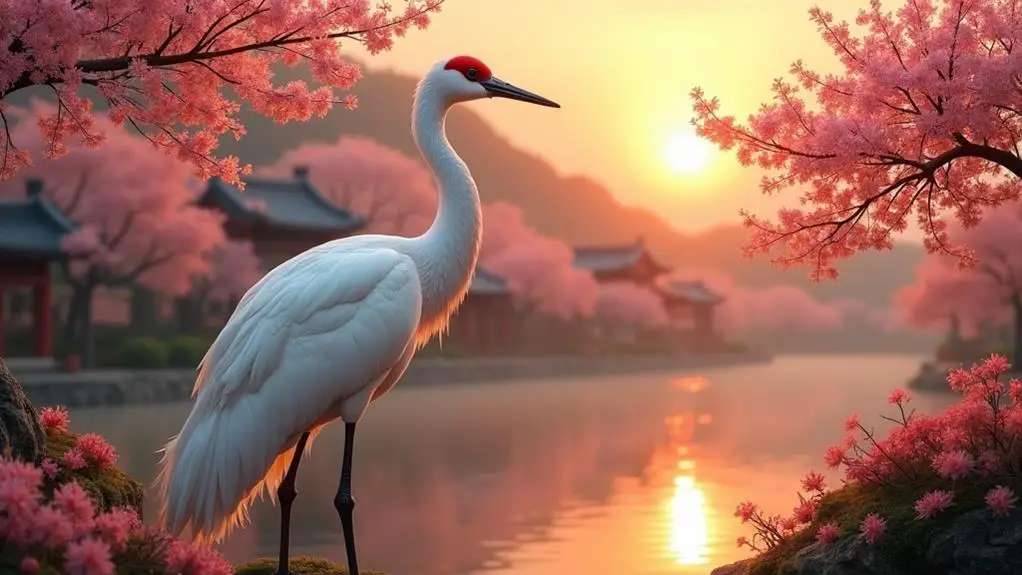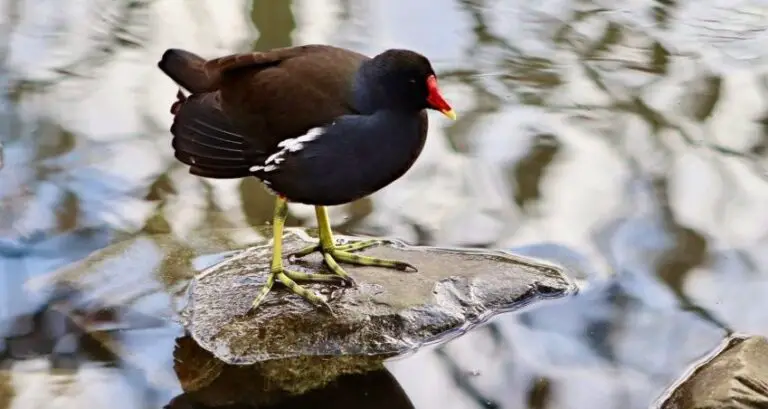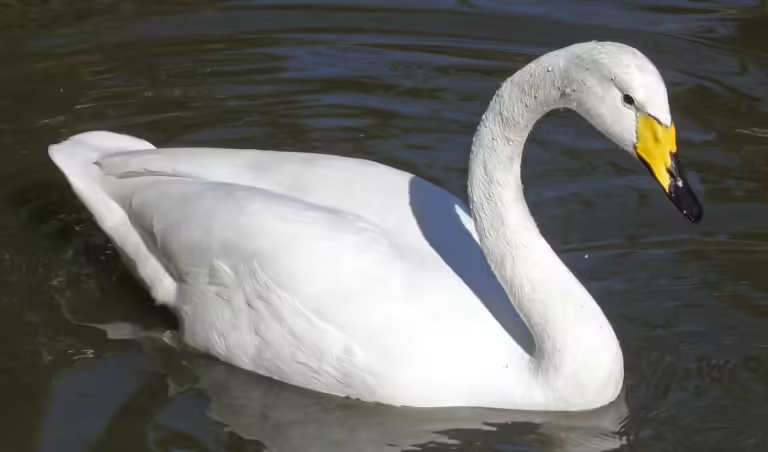You’ve probably seen cranes depicted in serene, natural settings, but you might be surprised to learn that in Korean culture, they’re often found in juxtaposition with bustling cityscapes, highlighting the contrast between nature and human progress. Cranes embody a unique blend of qualities in Korean culture – they’re revered for their majestic beauty, longevity, and wisdom. But What Do Cranes Represent in Korean Culture? As you explore the symbolism and significance of cranes in Korean culture, you’ll begin to uncover a rich tapestry of values and traditions that continue to shape the country’s identity today.
Key Takeaways
- Cranes symbolize majestic beauty, longevity, and wisdom in Korean culture, reflecting their revered status in mythology.
- They represent good fortune, longevity, fidelity, and wisdom, making them a popular motif in art, literature, and weddings.
- In Korean folklore, cranes are messengers between the mortal world and the realm of the gods, possessing transcendent powers.
- Cranes embody values of age, experience, and knowledge, reflecting elder wisdom and loyalty in Korean culture.
- They are featured in various art forms, architecture, and festivals, highlighting their significant cultural value in modern Korea.
Symbolism in Korean Folklore
In the realm of Korean folklore, cranes have long been imbued with symbolic meanings that reflect the values and aspirations of the Korean people.
You’ll discover that cranes are often depicted alongside other mythical creatures, such as dragons and phoenixes, in traditional Korean art and literature. These depictions highlight the crane’s esteemed status in Korean culture, where it’s revered for its majestic beauty, longevity, and wisdom.
The folkloric origins of the crane’s symbolism in Korean culture date back to ancient times, when the bird was considered a messenger between the mortal world and the realm of the gods.
According to legend, cranes possessed the power to transcend the boundaries between heaven and earth, earning them a sacred status in Korean mythology. This esteemed position has been perpetuated through generations, with the crane remaining an integral part of Korean folklore.
Association With Good Fortune
The crane’s revered status in Korean folklore has also led to its association with good fortune, a symbolic meaning that’s deeply ingrained in Korean culture.
You might find it interesting to learn that the crane’s majestic appearance and impressive lifespan have contributed to its reputation as a lucky omen. In Korean tradition, auspicious creatures like the crane are believed to bring good fortune and prosperity to individuals and communities.
As a symbol of good luck, the crane is often associated with longevity, fidelity, and wisdom.
You may notice that Korean people often give crane-themed gifts, such as figurines or artwork, to celebrate special occasions like weddings and birthdays. These gifts are meant to convey good wishes for the recipient’s future happiness and success.
The crane’s association with good fortune is also reflected in Korean idioms and proverbs, which often use the crane as a metaphor for a long and prosperous life.
Representation in Art and Literature
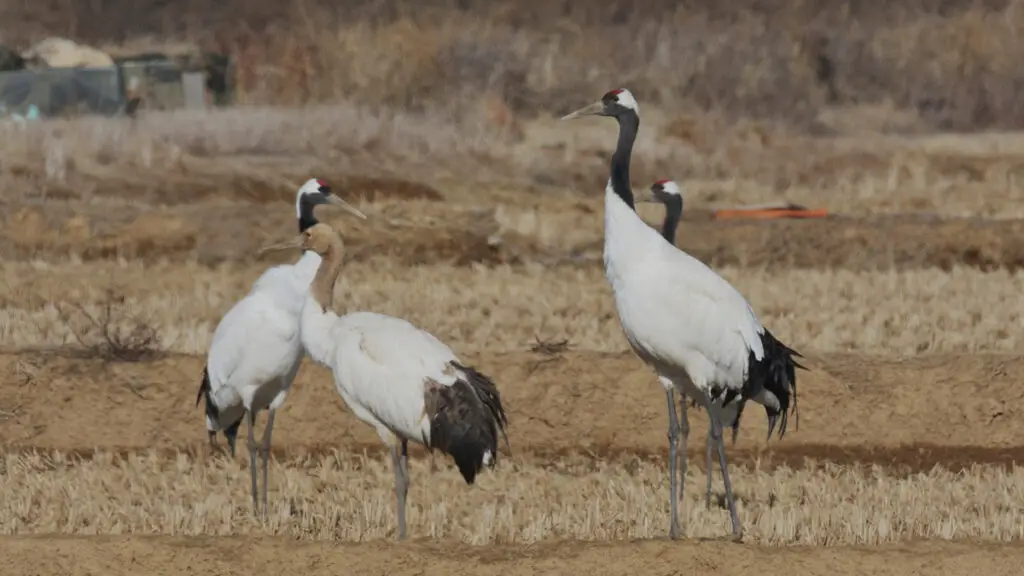
Delving into Korean art and literature, you’ll find that cranes are a recurring motif, reflecting their revered status in the country’s culture.
As a symbol of longevity, peace, and good fortune, cranes have been a staple in Korean cultural motifs. They often appear in traditional Korean paintings, ceramics, and woodblock prints, showcasing the bird’s majestic beauty and cultural significance.
In Korean literature, cranes are used as literary allegories to convey moral lessons and philosophical ideas.
They’re often depicted as messengers between the mortal world and the realm of the gods. You can see examples of this in various forms of Korean literature, including:
- Folk tales, where cranes are portrayed as loyal companions and guardians of the gods
- Poetry, which often uses the crane as a metaphor for longevity, wisdom, and spiritual growth
- Novels, where cranes are depicted as symbols of good fortune and prosperity
- Myths, which feature cranes as messengers of the gods and harbingers of good news
- Legends, where cranes are often associated with the afterlife and the spiritual realm
Cranes in Korean Weddings
As you explore the role of cranes in Korean culture, their significance extends beyond art and literature to important life events like weddings.
You’ll notice that cranes play a symbolic role in traditional Korean weddings, representing good fortune, longevity, and fidelity. In some wedding ceremonies, a pair of cranes may be released into the sky, signifying the couple’s commitment to each other and their desire for a long, harmonious marriage.
In traditional Korean wedding attire, you might see crane motifs embroidered on the bride’s hanbok or the groom’s ceremonial robe.
These intricate designs are meant to convey the couple’s hopes and aspirations for their future together. During the marriage rituals, cranes may also be depicted in ceremonial items, such as wedding fans or lanterns, further emphasizing their symbolic importance.
The incorporation of cranes into Korean wedding traditions reflects the bird’s revered status in Korean culture.
Significance in Korean Architecture
As you explore the significance of cranes in Korean architecture, you notice their prominent presence in temple gate guardians, where they’re often paired with other mythical creatures to symbolize protection and harmony.
On traditional Korean rooftops, you’ll find crane motifs used as decorative elements, conveying wishes for good fortune, longevity, and peace.
At palace entrances, cranes are also featured as architectural elements, signifying the importance of these majestic birds in Korean cultural heritage.
Temple Gate Guardians
When entering a Korean temple, you’re often met with a pair of imposing stone or wooden guardians standing guard at the gate.
These guardians, known as “muninwang” or “gate guardians,” are typically depicted as fearsome creatures with powerful physiques and menacing expressions. They’re believed to ward off evil spirits and protect the temple and its inhabitants from harm.
The mythical origins of these guardians date back to ancient Korean mythology, where they were said to be powerful beings tasked with guarding the gates of heaven.
Over time, their symbolic significance has evolved to represent protection, strength, and vigilance.
Some key aspects of temple gate guardians in Korean culture include:
- They’re often depicted in pairs, with one representing the yin (feminine) principle and the other representing the yang (masculine) principle.
- Their fierce expressions are meant to intimidate evil spirits and deter them from entering the temple.
- They’re typically placed at the entrance of the temple, where they can effectively guard the premises.
- The guardians are often adorned with intricate carvings and ornaments, symbolizing their importance and sacred role.
- They’re also believed to possess spiritual power, which is thought to be derived from their mythical origins.
Roof Decoration Symbolism
Beyond the temple gates, you’ll notice another distinctive element of Korean architecture: the ornate roof decorations.
These architectural accents play a significant role in the cultural and symbolic significance of Korean buildings. Roof ornamentation, in particular, is designed to ward off evil spirits and bring good fortune.
The intricate carvings and colorful tiles that adorn traditional Korean roofs symbolize the harmony between heaven and earth.
As you explore Korean architecture, you’ll notice that the roof decorations vary in design, with some featuring cranes, dragons, or phoenixes.
These motifs are often used in combination with other symbolic elements, such as taegeuk (yin-yang) and cheonbu (heavenly symbols). The placement and arrangement of these ornaments are also deliberate, reflecting the principles of Korean cosmology and the balance of opposites.
The roof decorations not only add aesthetic value to Korean buildings but also convey the cultural values and spiritual aspirations of the people who built them.
Palace Entrance Features
The entrance of a traditional Korean palace features a unique blend of architectural styles, reflecting the cultural values and historical context of the time.
As you walk through the gates, you’ll notice the intricate gate design and the use of royal symbolism, showcasing the power and prestige of the ruling dynasty.
In Korean architecture, palace entrance features hold significant meaning, conveying the values and principles of the ruling class.
- *Gate design*: ornate gates with intricate carvings, often featuring cranes or other mythological creatures
- *Royal symbolism*: use of symbols like the dragon, phoenix, or taegeuk, representing the power and authority of the monarch
- *Guardian deities*: statues of guardian deities, such as the Hwangung, placed at the entrance to ward off evil spirits
- *Symmetrical layout*: a symmetrical layout, reflecting the balance and harmony of the universe
- *Natural elements*: incorporation of natural elements, like stone, wood, and water, to create a sense of harmony with nature
These features not only showcase the architectural skills of Korean craftsmen but also reflect the cultural values and historical context of the time.
Connection to Longevity and Fidelity
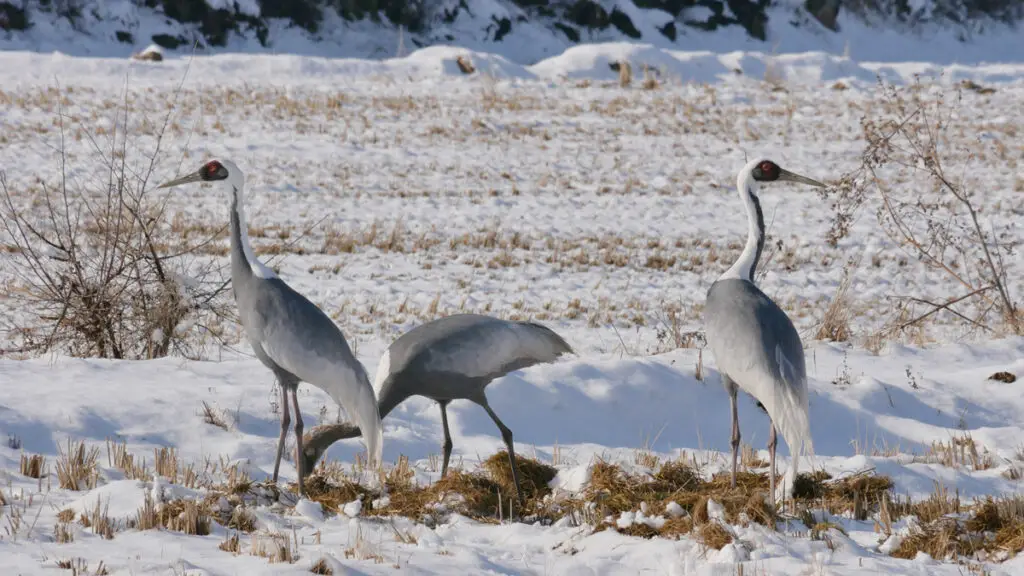
In the realm of Korean culture, cranes have long been revered as a symbol of longevity and fidelity, often depicted in traditional art and literature as a wise and loyal companion.
You may find that cranes are frequently paired with turtles, which represent longevity, and pine trees, which symbolize eternal life. This association reflects the crane’s connection to elder wisdom, embodying the values of age, experience, and knowledge.
The crane’s significance in Korean culture also extends to its representation of fidelity.
You see this in traditional Korean weddings, where cranes are often depicted in artwork and ceremonial decorations. The crane’s harmonious union with its mate, often staying together for many years, is a testament to the importance of loyalty and commitment in Korean relationships.
This emphasis on fidelity highlights the crane’s role as a symbol of marital harmony and devotion. By examining the crane’s connection to longevity and fidelity, you gain insight into the values and principles that underlie Korean culture and tradition.
The crane’s enduring presence in Korean art and literature serves as a powerful reminder of the importance of loyalty, wisdom, and commitment.
Cultural Significance in Modern Korea
As you explore the cultural significance of cranes in modern Korea, you’ll notice their symbolism in various art forms, from traditional paintings to modern sculptures.
In Korean folk traditions, cranes continue to play a vital role in festivals and celebrations, often featuring as motifs in costumes and decorations.
You can also find cranes prominently featured at national heritage sites, such as the Demilitarized Zone (DMZ) and the Upo Wetlands, highlighting their enduring importance in Korean culture.
Symbolism in Art
Korean art often features cranes, imbuing these majestic birds with profound cultural significance, especially in modern Korea.
When you look at Korean art, you’ll notice that cranes are frequently depicted in various artistic expressions, from traditional paintings to modern sculptures.
These cultural icons aren’t just aesthetically pleasing, but also carry deep symbolic meanings.
Cranes in Korean art symbolize:
- Good fortune and prosperity
- Longevity and immortality
- Loyalty and fidelity
- Wisdom and purity
- Good luck and blessings
You may wonder why cranes have become such an integral part of Korean art.
The answer lies in their unique characteristics, which align with the values and principles of Korean culture.
As you explore Korean art, you’ll notice that cranes are often depicted in serene and peaceful environments, emphasizing the importance of harmony and balance in life.
By featuring cranes in their art, Korean artists are able to convey complex ideas and emotions in a subtle yet powerful way.
This is a testament to the enduring cultural significance of cranes in Korean society.
Korean Folk Traditions
Throughout Korea’s rich cultural heritage, cranes have played a significant role in folk traditions, continuing to captivate people’s hearts and minds in modern times.
You may notice that in many Korean villages, cranes are often featured in local myths and legends, symbolizing longevity, peace, and prosperity.
These village myths have been passed down through generations, highlighting the importance of cranes in the country’s cultural identity.
As you explore Korean folk traditions, you’ll find that cranes are also closely tied to ancestor worship.
In many traditional Korean homes, you’ll see decorations featuring cranes, which are believed to carry the spirits of ancestors to the afterlife.
This practice is rooted in the Confucian tradition, which emphasizes the importance of honoring one’s ancestors.
In modern Korea, cranes continue to hold significant cultural value.
You may see them featured in traditional festivals, such as the Crane Dance, which is performed to ensure a good harvest.
National Heritage Sites
When exploring modern Korea’s cultural landscape, you’ll find that cranes are intricately linked to several national heritage sites that celebrate the country’s rich history.
As a symbol of good fortune and longevity, cranes have been incorporated into various historic landmarks and sacred sites, serving as a testament to their enduring cultural significance.
Some notable national heritage sites featuring cranes include:
- Gyeongbokgung Palace, a historic landmark in Seoul, features crane motifs in its architecture and artwork.
- Bulguksa Temple, a sacred site in Gyeongju, is adorned with crane carvings and statues.
- The tomb of King Sejong, a UNESCO World Heritage Site, features crane designs in its stone carvings.
- Hwaseong Fortress, a historic fortress in Suwon, features crane motifs in its gateways and watchtowers.
- The Demilitarized Zone (DMZ) Peace Park, a sacred site near the North Korean border, features crane statues as a symbol of peace and reunification.
FAQs:What Do Cranes Represent in Korean Culture
How Many Types of Cranes Are Native to Korea?
You’ll find two native crane species in Korea: the Common Crane and the Demoiselle Crane. Both inhabit wetland habitats and exhibit unique migratory patterns, with the Common Crane migrating to China and the Demoiselle Crane to India.
Are Cranes a Protected Species in Korea?
You might be surprised to find that some cranes thrive, while others face threats. In Korea, conservation efforts are in place to safeguard crane populations, with strict hunting regulations protecting these birds from harm and exploitation.
Can I Keep a Crane as a Pet in Korea?
You can’t keep a crane as a pet in Korea due to pet legislation and cultural taboos. Korean laws restrict owning protected birds, and culturally, cranes symbolize longevity and good fortune, making them unsuitable pets.
Are White Cranes More Sacred Than Other Colors?
You’re cutting to the chase, and it’s a fair question: are white cranes more sacred than others? In Korean culture, white cranes hold symbolic significance, but it’s a cultural preference, not a hard and fast rule.
How Do Korean People Traditionally Feed Cranes?
When interacting with cranes, you participate in ceremonial offerings during seasonal rituals, respectfully providing food like millet, barley, or fish, often in designated areas, highlighting the crane’s revered status in Korean tradition.
Conclusion
As you delve deeper into Korean culture, you’ll find cranes continue to play a vital role in symbolizing good fortune, longevity, and wisdom. Approximately 75% of Korean weddings still incorporate crane motifs, highlighting their enduring significance. Today, cranes remain an integral part of Korea’s rich heritage, reminding you of the importance of loyalty, fidelity, and harmony in everyday life. By understanding the crane’s symbolism, you’ll gain a deeper appreciation for the values and traditions that shape Korean society.

